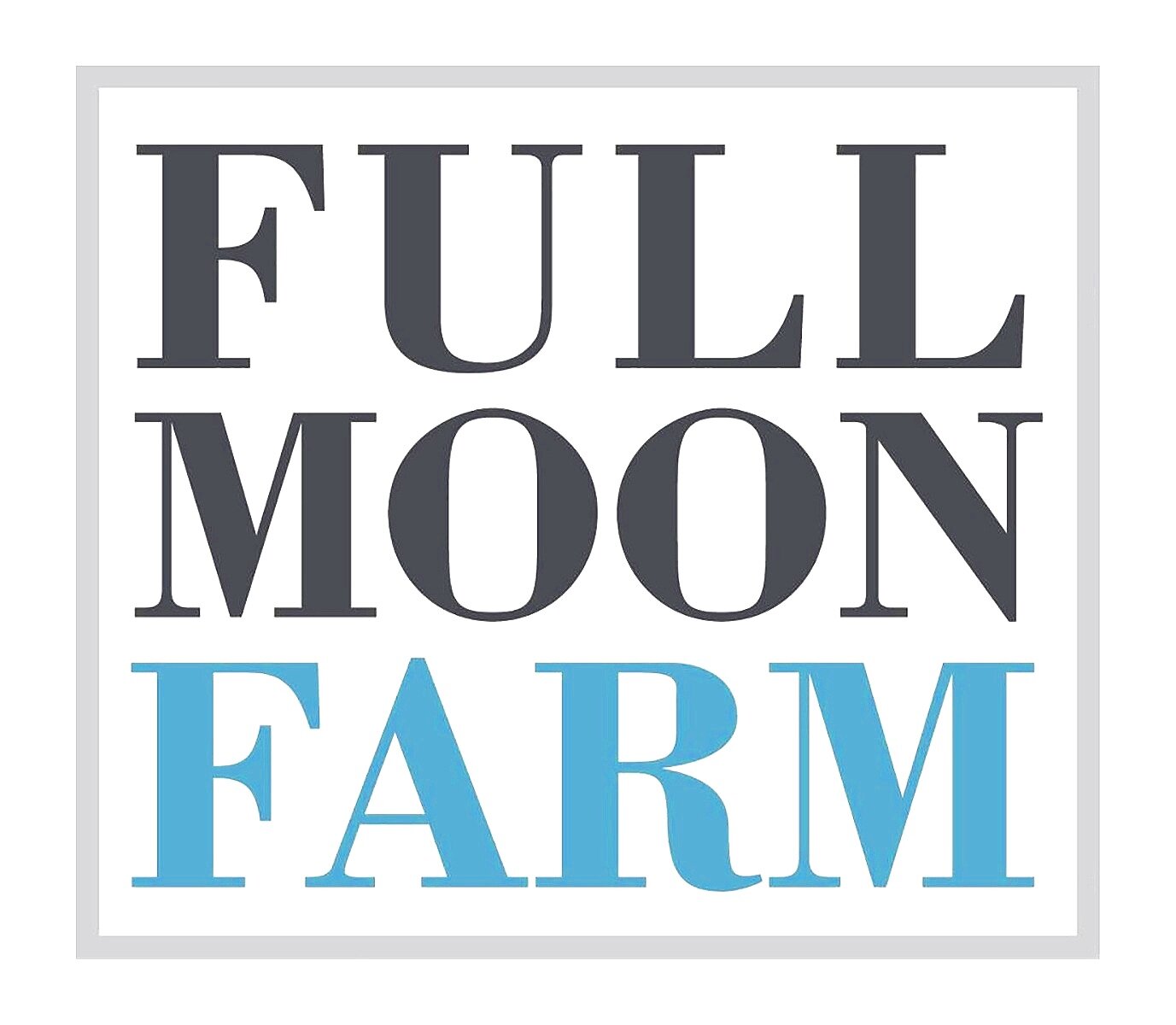Author Interview with Christin Geall
Author Interview with Christin Geall.
On our blog today, an interview/book review. So, we did a deep dive with the author of Cultivated, a gardening memoir by Christin Geall. The perfect book for gardeners and photographers alike.
Full Moon Farm is a place where we are constantly trying to open up our creative paths. We tripped over this wonderful book quite by accident, on Instagram of all places. We are thrilled to have found this gardener and her book. It isn’t just a pretty book, however. So, when you read it , buckle up. It is really a memoir about creative expansion.
Ever the autodidact, Christin didn’t just write this book, however. She also shot it. Every single plate is shot by her. And they are exquisite. We wrote to her immediately and asked to schedule an interview.
What is your ideal day in the dirt like?
I adore transplanting seedlings. In the spring, when the garden is cool, I stand at my workbench in the greenhouse, the dog outside lolling on the grass, and feel such optimism about the season ahead.
You discuss this term in Cultivated, so tell us, what is deep ecology for you?
Author Interview
Deep ecology refers to an understanding of the natural world: our world, your world, the one you live in and somehow derive a living from, no matter how far your daily work may have removed you from the sun and soil. Deep ecology regards humans as one small part of the whole of life. It’s an environmental philosophy, not a religion—a way of seeing and approaching life, including your own.
Deep ecology supports thinking holistically, which includes connecting the dots between consumer and consumed. Many of us choose to eat with the seasons, but the industrial economy means we don’t have to. Oranges appear in snowstorms, and the same economics are at work in the floral industry, where an Ecuadorian rose might be easier to find (and cost less) than a locally grown dahlia.
Thankfully, the trend of buying local is gradually changing the floral industry, as flower farms catch up to the demand for local product and consumers learn more about the environmental costs of imported flowers. But changing people’s perspectives about what constitutes luxury is no easy task. My personal bias toward local flowers isn’t solely environmental—it’s sensuous, too. I want flowers that smell of more than money, and I want flowers at their peak of perfection. For me, seasonality is key.
What does your foraging practice look like?
During the pandemic, I re-kindled my love of mushroom hunting, spending hours with twigs in my hair, rooting around the moss for chanterelles. I love the hunt and the wonder of fungi. As for flowers and plants, I only forage for invasive plants in the city (and ensure I dispose of them properly).
You refer to witnessing the genius of naiveté when you teach. You said you love to see “when a complete amateur soars”. Can you give us an example of when you last saw this and when it really stuck to you?
I had a flower farmer bring a friend who worked in an office to a class at my house. This latter woman knew the names of a few flowers, but wasn’t ‘attached’ to the material or the outcome. So she took risks: bold colors, a highly angular design—all borne from a gold bowl, a bit of chicken wire, and a pin frog. While I did have to step in to alter the heights of a few flowers and punch up the saturation of a few flowers, it was a brilliant piece. You could feel how she’d gone with the colors that spoke most to her, not necessarily those that ‘went well’ together.
Author Interview
Since flowers are inherently semi-permanent, how do you reconcile the pains of what is essentially a sculpture practice with knowing it is intended to die? Do you ever feel like Sisyphus?
Both writers and gardeners learn that every small task adds up and that works of lasting beauty take real time. I have a short attention span, but writing and gardening have taught me to play the long game, so perhaps the Sisyphean analogy works!
In terms of flowers, I don’t think of floral design like a florist would (I’m not one). I get most excited about a design once I see it through the camera. Having that frame around the work, seeing how the light falls on the petals, creating negative space—that’s where the joy is for me. Blousy and blown flowers are often the most evocative. As I say in the ‘Ripe and Ready’ section of the book, “Life is short and epic and tragic and joyful, so give me a day or two of perfection over a week of mediocrity. Smudge me with pollen right between my eyes.”
Learn more and connect with Christin Geall
Website: cultivatedbychristin.com
Book: Cultivated: The Elements of Floral Style (Princeton Architectural Press, March 24, 2020)
Instagram: @cultivatedbychristin
For press inquiries contact here: Jessica Tackett, jessica@papress.com
Photographs by Christin Geall.
Author Interview




